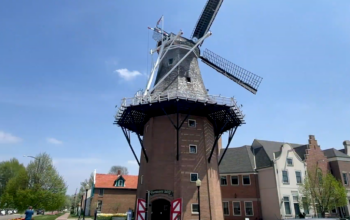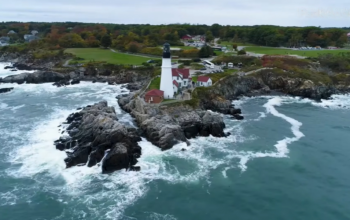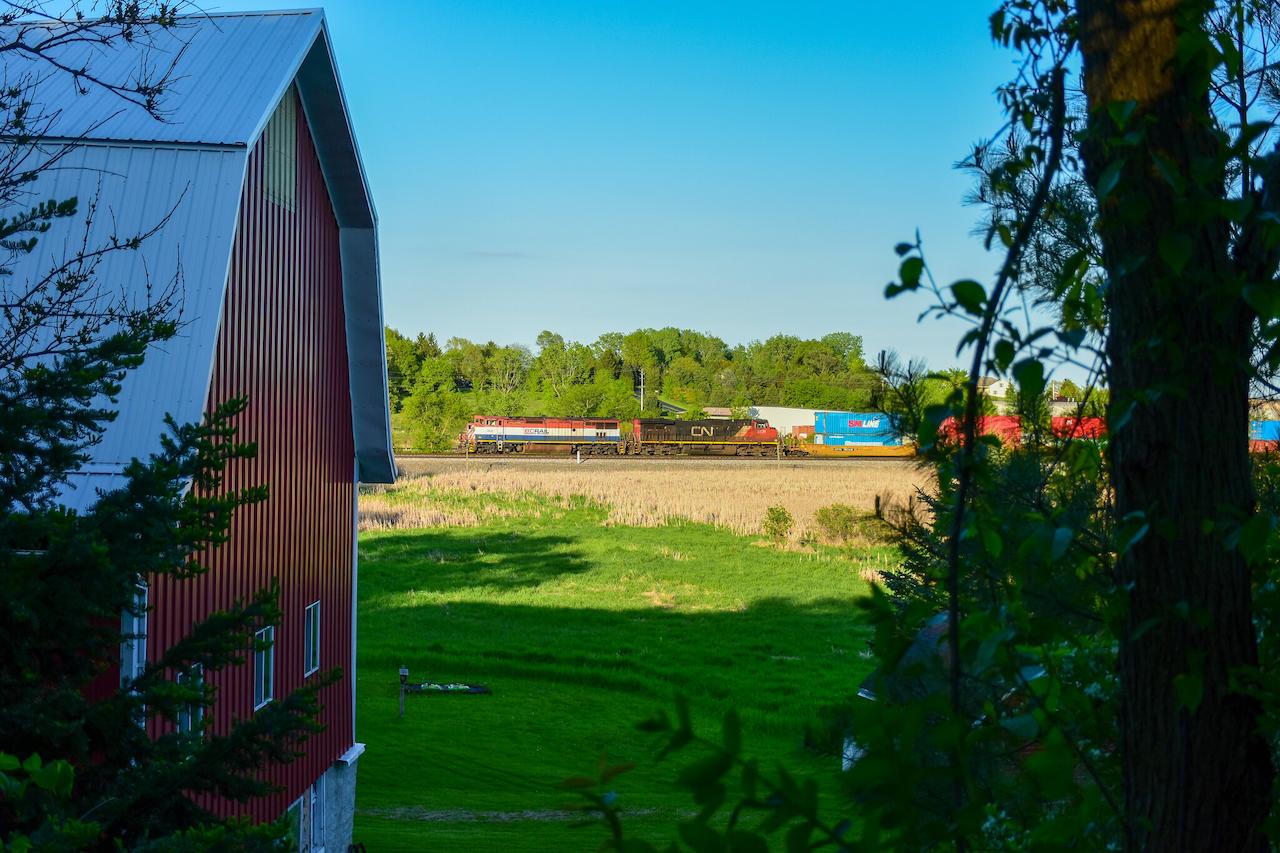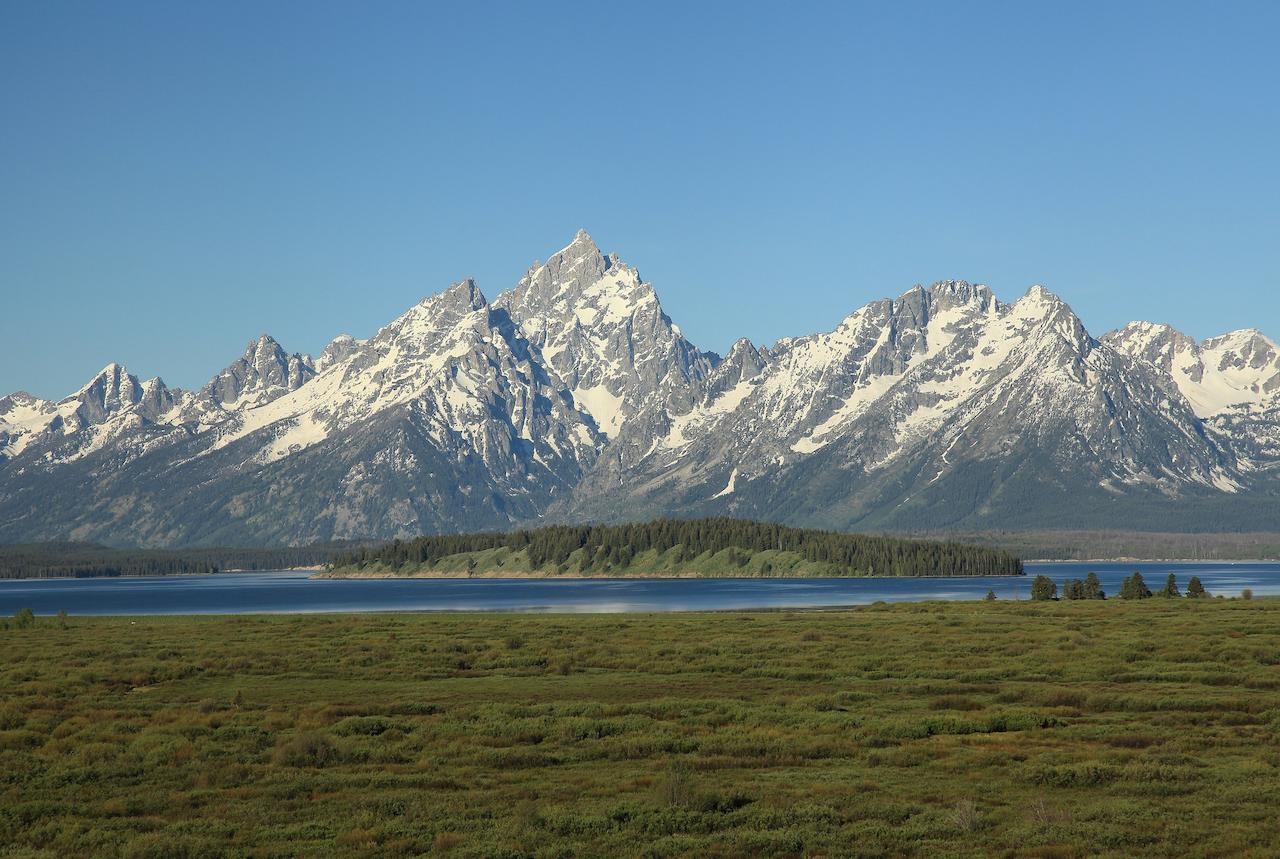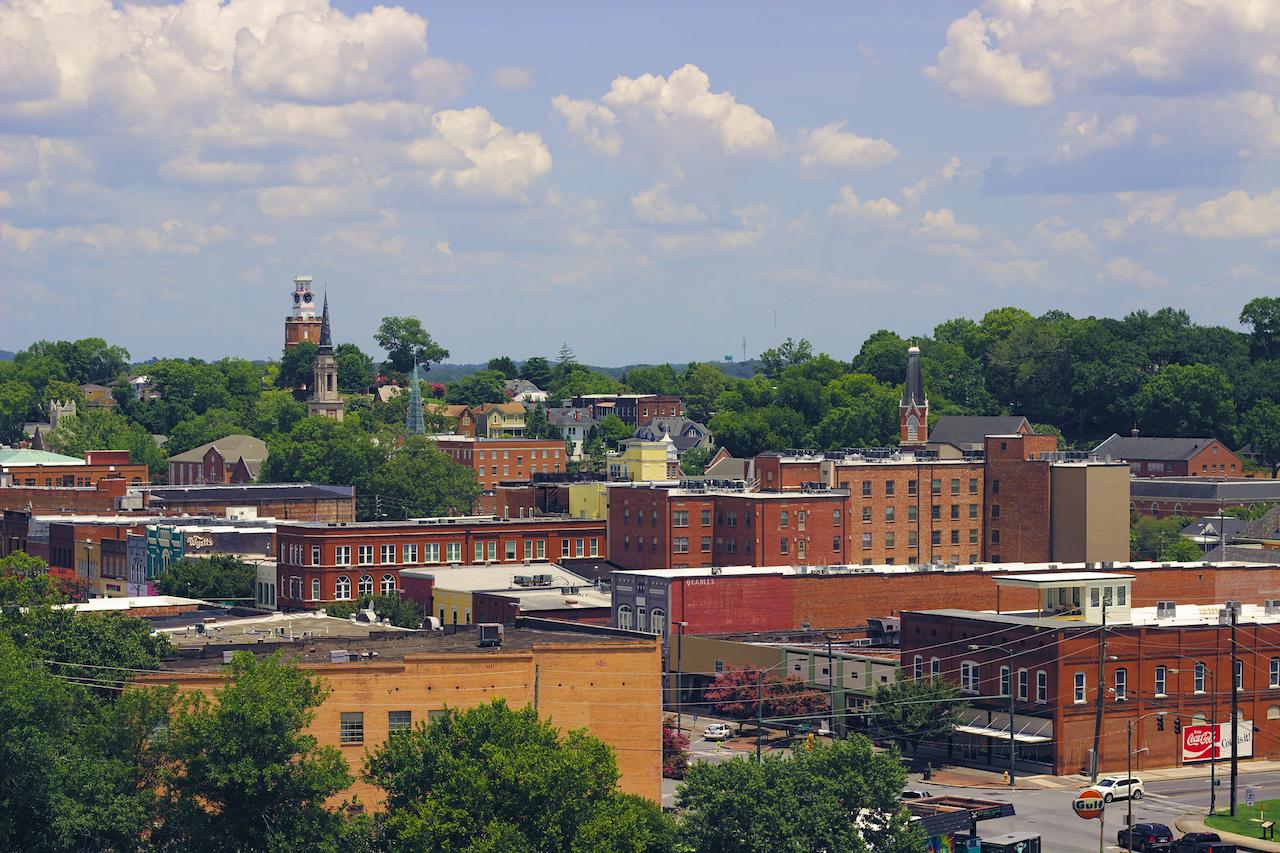Indiana’s landscape is dotted with the remnants of once-thriving communities that have faded into obscurity over time. These ghost towns, each with its unique tale to tell, offer a glimpse into the past and a reminder of the impermanence of human endeavors. In this exploration, we venture into the heart of Indiana’s history to unveil the top 10 ghost towns that time has forgotten.
The Enigma of Abandoned Towns: Unraveling the Reasons
The phenomenon of ghost towns arises from a multitude of factors, often rooted in the ebb and flow of economic, social, and environmental changes. Economic shifts, such as the decline of specific industries or changes in trade routes, can render a once-prosperous town obsolete. Technological advancements, like the rise of railways and highways, can divert the flow of commerce and travel, leaving communities stranded in isolation. Environmental factors, including natural disasters or shifts in resource availability, can also play a pivotal role in a town’s demise.
Furthermore, changing social dynamics, demographic shifts, and the allure of urbanization can contribute to the decline of smaller communities. As populations migrate toward urban centers, smaller towns may struggle to sustain themselves, leading to dwindling populations and economic instability. Over time, the once-thriving streets and buildings that were the heart of these communities become silent witnesses to their history and abandonment.
The Most Popular Ghost Towns

Whitewater Canal: Echoes of Prosperity and Decline
Nestled along the tranquil waters, the Whitewater Canal ghost town boasts tales of a flourishing trade route that once connected communities. As waterways gave way to modern transportation, its bustling streets gave in to silence. The town’s decline was sealed when the canal became obsolete, and railroads took over the transportation landscape.
Hillsboro: Railroad Dreams and Vanishing Echoes
In the midst of nature’s embrace, Hillsboro’s ghost town was a hub of activity during the railroad expansion era. The rise of highways and evolving transportation spelled its gradual decline, leaving behind echoes of a bygone era. The railroad that once brought life to the town later proved to be its undoing, as it led to a shift in trade routes and the eventual abandonment of the town.
Jennings: Traces of the Railway Legacy
Among the overgrown foliage, Jennings’s ghost town whispers stories of the railway’s influence on its birth and decline. The shift to alternative modes of travel gradually dimmed its once-vibrant existence. The decline was exacerbated by the rise of automobiles and the fading importance of railroads in shaping transportation networks.
Newbern: From Commerce Hub to Silence
Amidst the overgrown pathways, Newbern’s ghost town hints at a time when it was a bustling center of commerce. The evolution of trade routes reshaped its destiny, leaving its streets deserted. As trade shifted away from the town’s vicinity, its economic foundation crumbled, and its residents sought better opportunities elsewhere.
Mineral City: Bricks and Memories in Ruins
In the shadows of forgotten brick kilns, Mineral City’s ghost town unveils a heritage of clay and brick making. As industries transformed, its brick-laden streets gave way to ruins and the echoes of forgotten labor. The decline in demand for clay bricks and the emergence of modern construction materials marked the downfall of this once-thriving brickmaking town.
Elizabethtown: Dreams of Gold and Ghostly Whispers
Embraced by nature’s tranquility, Elizabethtown’s ghost town stands as a testament to the allure of the gold rush. Its silent streets resonate with dreams pursued and fortunes unattained. The town’s abandonment followed the fleeting nature of gold discoveries, as miners moved on in search of new riches.
Lyles Station: An Enduring Legacy of Resilience
Amidst the rural serenity, Lyles Station’s ghost town is a beacon of African American history. Its aging structures and untold stories reveal a community that overcame adversities and left an indelible mark. Economic challenges, coupled with changing agricultural practices, led to the decline of the town, but its legacy endures through the descendants of its resilient residents.
Hanging Grove: Remnants of a Bygone Bustle
Hidden within the embrace of towering trees, Hanging Grove’s ghost town echoes the hustle and bustle of yesteryear. The crumbling remains serve as a reminder of the vibrant life that once thrived here. The town’s abandonment was precipitated by economic shifts, changing trade patterns, and the allure of urban centers.
Cuba: Shifting Fortunes in Silent Abandonment
In the shadow of nature’s serenity, Cuba’s ghost town reflects the shifts in trade and commerce. Its abandoned structures echo a past that evolved with the changing tides of the economy. The town’s decline followed the decline of industries that sustained it, leaving its residents with limited prospects.
Riverside: A Watery Grave for a Community Lost
Beneath the calm waters of a reservoir, Riverside’s ghost town lies submerged, a haunting reminder of progress’s price. Its underwater streets and structures preserve the memory of a submerged town. The town’s fate was sealed when a dam was constructed, creating a reservoir that would submerge the town and erase it from the landscape.
Exploring Indiana’s Ghost Towns: Uncover the Untold Stories
Indiana’s ghost towns are like pages torn from a history book, revealing the stories of ordinary lives and extraordinary circumstances. As we delve deeper into the top 10 ghost towns of Indiana, a tapestry of narratives comes to life, each contributing to the mosaic of the state’s history.
Beneath the Surface: The Hidden Treasures of Indiana’s Ghost Towns
While these ghost towns may appear desolate, they hold hidden treasures for those willing to explore. From architectural remnants that tell tales of a bygone era to artifacts that hint at the lives lived within these walls, Indiana’s ghost towns offer a glimpse into the past that’s waiting to be uncovered.
Nature Reclaims: The Beauty of Decay and Abandonment
As nature reclaims these abandoned spaces, a certain beauty emerges from the decay. Buildings adorned with ivy, streets covered in moss, and the play of light and shadows create an ethereal atmosphere that transports visitors to another time. Exploring these ghost towns allows us to appreciate the delicate dance between human creations and the relentless force of nature.
Comparison Table of Indiana’s Top 10 Ghost Towns
| Ghost Town | Location | Historical Significance | Eerie Charm Level | Current State |
|---|---|---|---|---|
| Whitewater Canal | Fayette County | Flourishing trade route | ★★★★☆ | Abandoned streets |
| Hillsboro | Fountain County | Railroad expansion | ★★★☆☆ | Empty lots |
| Jennings | Scott County | Railway history | ★★★★☆ | Overgrown pathways |
| Newbern | Jackson County | Former commerce hub | ★★★☆☆ | Vacant streets |
| Mineral City | Howard County | Brickmaking heritage | ★★★☆☆ | Remnants of kilns |
| Elizabethtown | Bartholomew County | Gold rush dreams | ★★★★☆ | Abandoned structures |
| Lyles Station | Gibson County | African American history | ★★★★☆ | Aging buildings |
| Hanging Grove | Monroe County | Former bustling town | ★★★☆☆ | Crumbling remains |
| Cuba | Clinton County | Shifting fortunes | ★★★☆☆ | Abandoned structures |
| Riverside | Perry County | Submerged community | ★★★★☆ | Underwater remains |
Preventing the Ghostly Fate: How to Preserve Communities
The fate of becoming a ghost town is not inevitable. Communities can take steps to preserve their vibrancy and heritage for generations to come. Here’s how:
1. Diversify the Economy: Relying on a single industry makes a town vulnerable. Diversifying the economy ensures that if one industry falters, the town can still thrive;
2. Embrace Tourism: Highlighting the town’s historical significance can attract tourists, boosting local businesses and preserving the community’s identity;
3. Revitalize Infrastructure: Modern amenities and well-maintained infrastructure can attract residents and businesses, preventing decline;
4. Community Engagement: Active community involvement in decision-making fosters a sense of ownership and pride, encouraging residents to invest in the town’s future;
5. Historical Preservation: Preserving historic structures and landmarks maintains a connection to the past and attracts those interested in history and culture.
Implementing eco-friendly initiatives can attract environmentally conscious individuals and create a sustainable fut ure
Conclusion
Indiana’s ghost towns stand as silent witnesses to the ebb and flow of history. Each abandoned street, building, and path whispers stories of lives once lived, ambitions pursued, and the passage of time. Exploring these forgotten places offers a chance to connect with the past, to feel the echoes of generations gone by, and reflect on the transient nature of human existence.
FAQ
Many of these ghost towns are open to visitors, but some may require permission due to their location on private property or within protected areas.
Yes, some organizations and historical societies offer guided tours of these ghost towns, providing insights into their history and significance.
Exploring on foot or by bicycle allows you to immerse yourself in the ambiance and uncover hidden details that tell the stories of these towns.
Yes, several organizations work to preserve and document Indiana’s ghost towns, ensuring that their stories are not forgotten by future generations.
Yes, some ghost towns have folklore and legends linked to their history, adding an extra layer of intrigue to their abandoned future remains.

